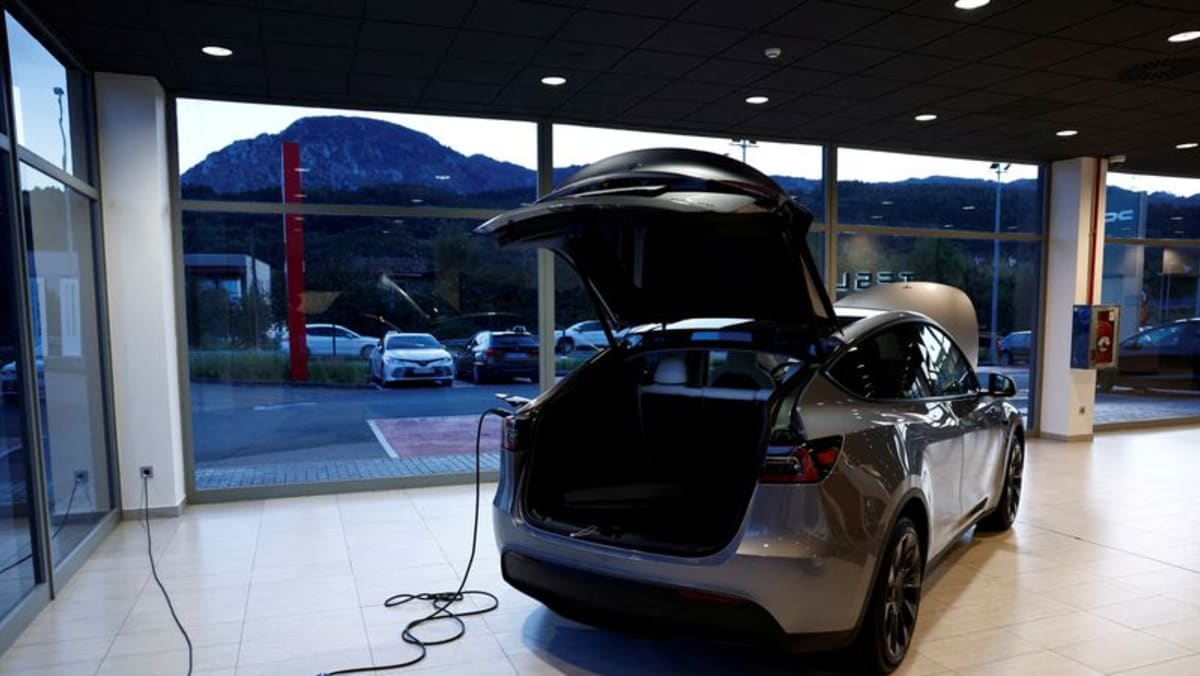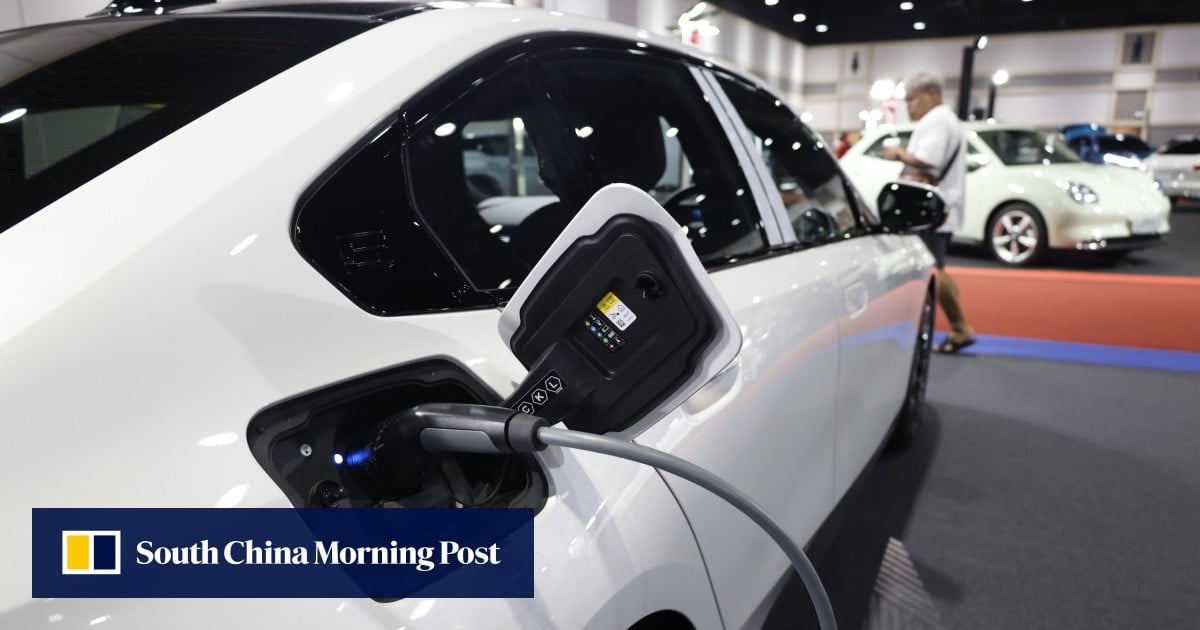The European Commission celebrates the provisional agreement reached between the European Parliament and the Council, signalling a significant stride in reducing emissions and enhancing energy efficiency across EU buildings. The revised Energy Performance of Buildings Directive (EPBD) aligns with the European Green Deal, emphasizing tangible improvements in people’s lives, workplaces, and reduced energy bills.
Key Objectives of the Strengthened Directive: Lowering Emissions and Energy Bills
The enhanced EPBD outlines measures to structurally enhance the energy performance of buildings, focusing notably on the least efficient structures. The overarching goal is to enable each EU member state to reduce the average primary energy use in residential buildings by 16% by 2030 and 20-22% by 2035. This flexibility allows nations to tailor their approaches considering unique circumstances.
Targeted Improvements in Non-Residential Buildings
For non-residential buildings, the directive mandates a gradual enhancement through minimum energy performance standards. The aim is to renovate the 16% worst-performing buildings by 2030 and the 26% worst-performing buildings by 2033. Certain categories, including historical or holiday homes, may be exempted based on member states’ discretion.
Revamped Energy Performance Certificates (EPCs) for Informed Decisions
The directive introduces improved EPCs based on a standardized EU template with common criteria. This ensures consistent information for citizens, aiding in informed decisions and facilitating financing across the EU.
Addressing Energy Poverty and Safeguarding Tenants
To combat energy poverty and mitigate potential rent increases post-renovation, financing measures are stipulated to incentivize and support renovations, particularly targeting vulnerable households and poorly performing buildings. The directive emphasizes safeguards for tenants, aiming to prevent eviction risks following disproportionate rent hikes post-renovation.
Initiating a Renovation Wave: Strategic Planning and Support Tools
Member States are required to establish national Building Renovation Plans, detailing strategies to decarbonize the building stock and overcome barriers like financing and skill shortages. Additionally, national building renovation passport schemes will guide owners in staged renovations toward zero-emission buildings. One-stop-shops will offer comprehensive support to homeowners, SMEs, and stakeholders in the renovation value chain.
Phasing Out Fossil Fuel-Powered Boilers
The directive outlines a gradual phase-out of boilers powered by fossil fuels. Subsidies for standalone fossil fuel-powered boilers will be prohibited from January 1, 2025. Member States gain a clear legal basis to set emission-based requirements, fuel type, or minimum renewable energy usage for heating, with a view to phasing out fossil fuel boilers entirely by 2040.
Promoting Sustainable Mobility through Infrastructure Provisions
Provisions for pre-cabling, electric vehicle recharging points, and bicycle parking spaces aim to boost sustainable mobility. New and renovated buildings will prioritize pre-cabling, facilitating access to recharging infrastructure. Strengthened requirements for recharging points in both residential and non-residential buildings, along with the removal of installation barriers, align with the EU’s climate goals.
Zero Emission Standard for New Buildings
The directive mandates zero on-site emissions from fossil fuels for all new residential and non-residential buildings, becoming the norm from January 1, 2028, for publicly-owned buildings and January 1, 2030, for all others, with specific exemptions possible.
Solar-Ready and Solar Installation Norms
New buildings must be solar-ready, and capable of hosting rooftop photovoltaic or solar thermal installations. Solar installations will become the norm for new buildings, with a gradual rollout for existing public and non-residential buildings starting from 2027, where feasible.
Next Steps and Background
The provisional agreement requires formal adoption by the European Parliament and the Council. Once completed, the legislation will be published in the Official Journal of the Union, marking its entry into force. Buildings, responsible for 40% of EU energy consumption and 36% of energy-related greenhouse gas emissions, are a focal point in the European Green Deal. The directive aligns with the Renovation Wave Strategy, aiming to double renovation rates by 2030 and ensure renovations prioritize energy efficiency and renewables.
Source: miragenews.com





